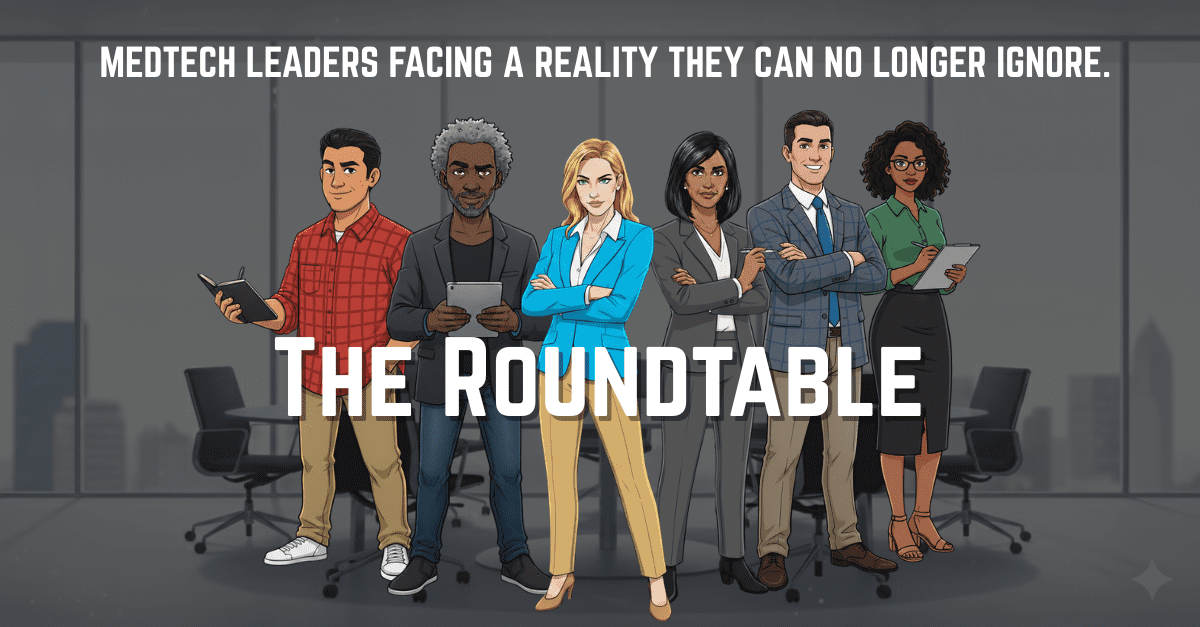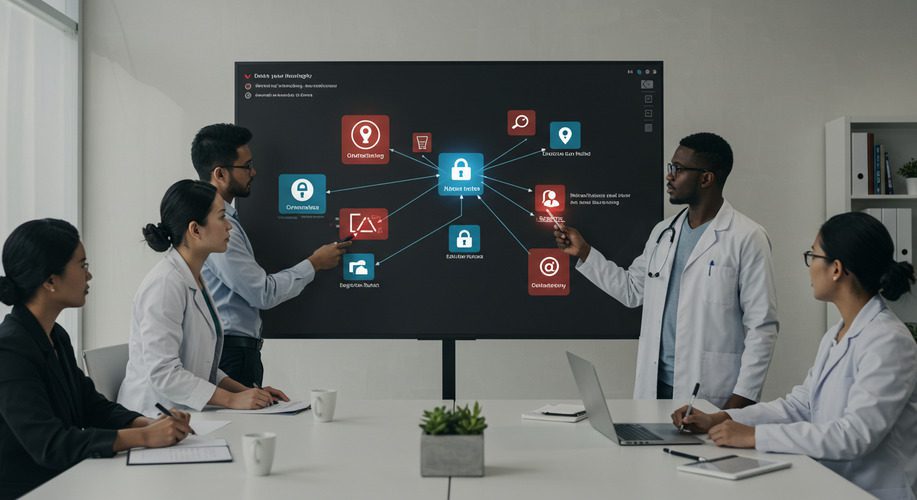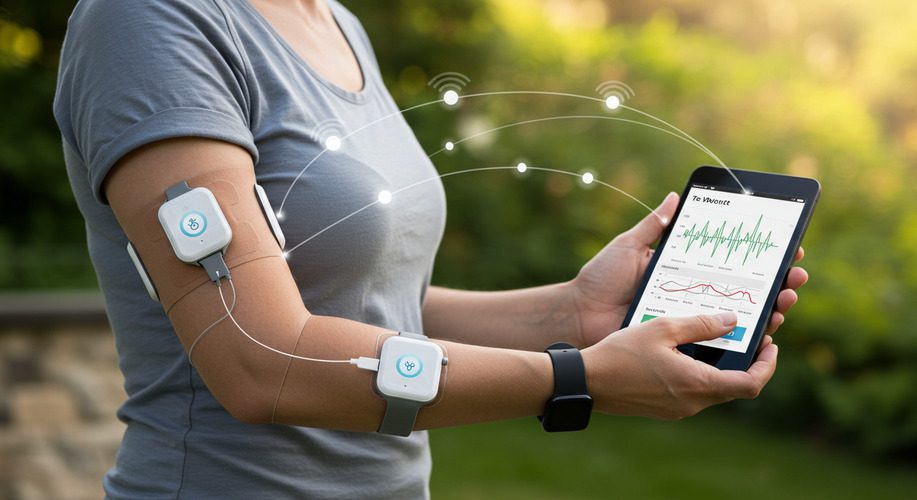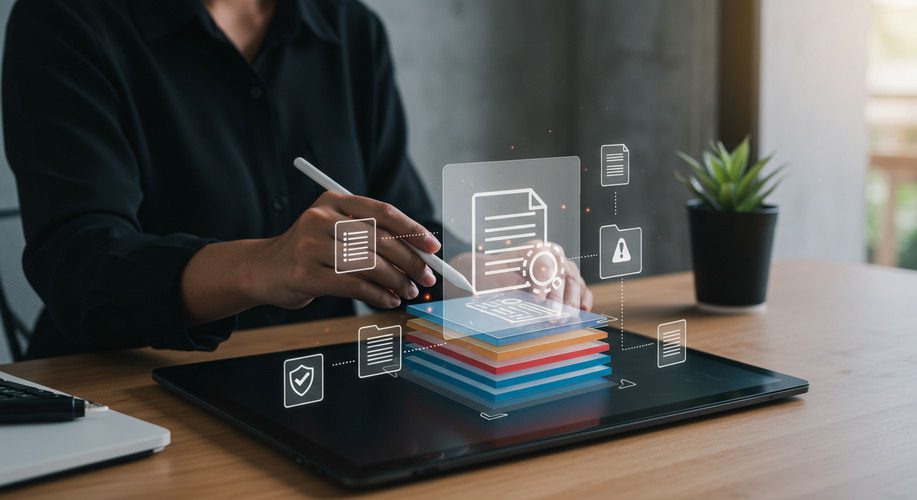
Article
Roundtable Chapter 1 – The One Where the Algorithm Couldn’t Sell Itself
This post was previously on the Pathfinder Software site. Pathfinder Software changed its name to Orthogonal in 2016. Read more.
Gamification is the application of elements of video games, game-thinking and game-mechanics to enable one to solve everyday real-life problems. In the business and social environment, it is used to develop skills, change behaviors and enable innovation. In healthcare, it is still in the experimental stage and mostly applied to health and wellness as an educational and motivational tool to teach and encourage the patients to take the course of actions beneficial to their health. In other words, the goal of gamification is to change the behavior of the patients.
The concept of gamification is actually not that new. It has been used by the military for quite some time, as well as the airline industry and universities for training and other purposes. Avid video game players and early proponents of gamification have spoken for years about its possible benefits when applied to health. And after years of successful experiments by other industries, it seems that the healthcare and health insurance industries have finally taken note and are looking to get into it in a big way. The proliferation of wearables and health and wellness apps with gamification features is clear evidence of this. Today, there are hundreds of apps, such as SuperBetter, MySugr, and that can be downloaded from the internet and played on your PC, laptop, tablet and smart phone.
So what’s driving this sudden flurry of interest in gamification? According to the report Gaming to Engage the Healthcare Consumer by ICF International, a management, technology and policy consulting firm based in Fairfax, Virginia, the main drivers behind gamification in the healthcare industry are a shift towards outcome-based medicine and consumer-based business model and the growth of generation Y. Although the report doesn’t mention it, there is little doubt the mass adoption of smart phones and tablet computers will play a pivotal role in the gamification of healthcare.
The basic idea behind a game is to reward or punish the player with positive or negative reinforcements in order to educate them and to encourage them to change their behavior. Games that rely on positive reinforcements motivate players with rewards like points, badges, certificates and positive feedback for accomplishing a task, reaching a milestone or achieving a goal. On the other hand, games that rely on negative reinforcements penalize players with deducted points, fines in real money and negative feedback for failing to meet a deadline, accomplish a task or achieve a goal.
Positive reinforcement has been found to be more effective in producing results than negative reinforcements. The reason is that when negative reinforcement is used, players tend to cheat to avoid penalties. For example, in a smart phone app called Stixx, a game designed to help users commit to a goal (such as to quit smoking), users enter their credit card information at the beginning and have to pay every time they break their own rule. After a few times, people are more likely to cheat than pay up. Hence, there is a wholesale move towards games with positive reinforcements.
Healthcare and wellness websites, such as Walgreens, also award reward points and other incentives to their customers for purchases and healthy activities like walking, running and weight management through their Steps with Balance Rewards API. This practice doesn’t only encourage customers to buy more products; it also motivates them to adopt a healthier lifestyle.
The first wave of app development with gamification was focused on:
The next wave of app development with gamification will focus on:
The full impact of gamification is yet to be ascertained, but for better or worse it is already changing the healthcare landscape. By educating people about their body and motivating them to take action. Games are making them behave more responsibly towards themselves, such as setting goals, exercising regularly, eating healthy food and taking their medicine on time. These are just the things healthcare and health insurance industries have always advocated.
Finally, there are two main reasons that gamification is here to stay. The first is that to today’s young people (Generation Y), who have grown up playing video games and who form the largest target group, it is a natural (and inevitable) extension of the virtual world into the real world. The second is the continuing innovation in technology, such as Google Glass, Augmented Reality (AR) and Gesture and Sensor Recognition, and use of Sensors and Mobile apps for real-time monitoring.
Related Posts

Article
Roundtable Chapter 1 – The One Where the Algorithm Couldn’t Sell Itself

Article
Managing Emerging Risks in SaMD: Strategies for 2025 and Beyond

Article
Emerging Opportunities in SaMD and MedTech for 2025

Article
Creating a Risk-Based Approach for SaMD Development